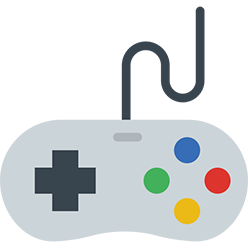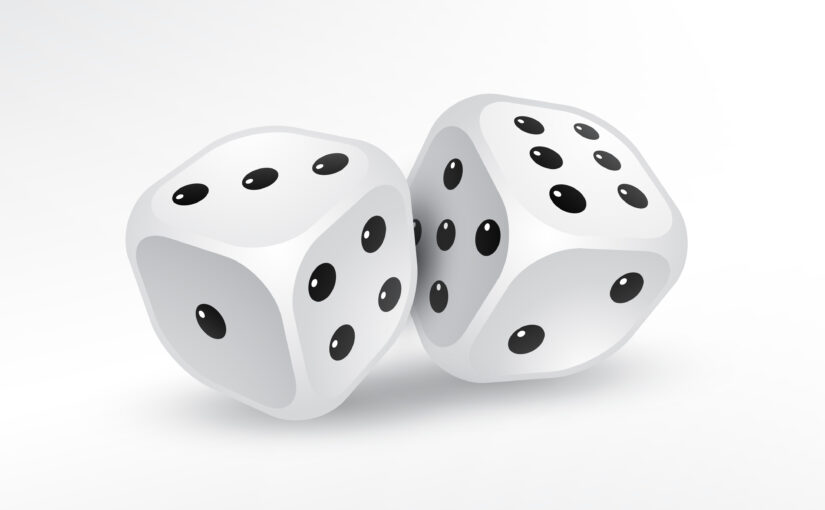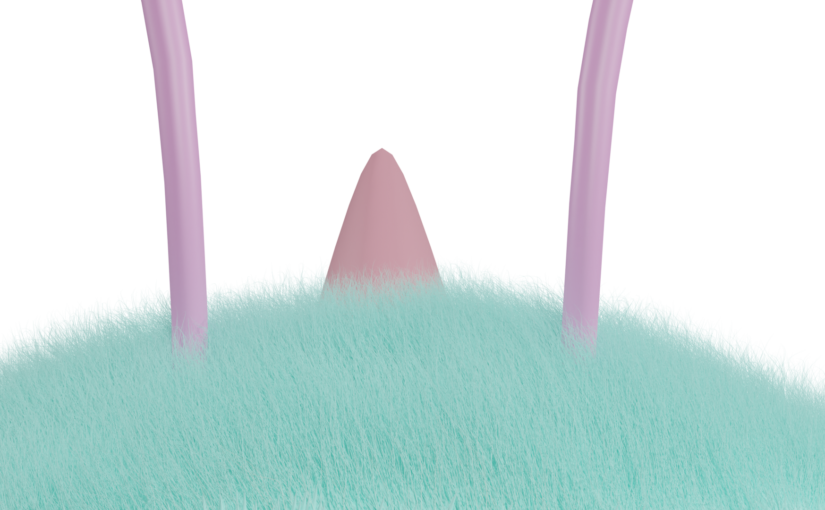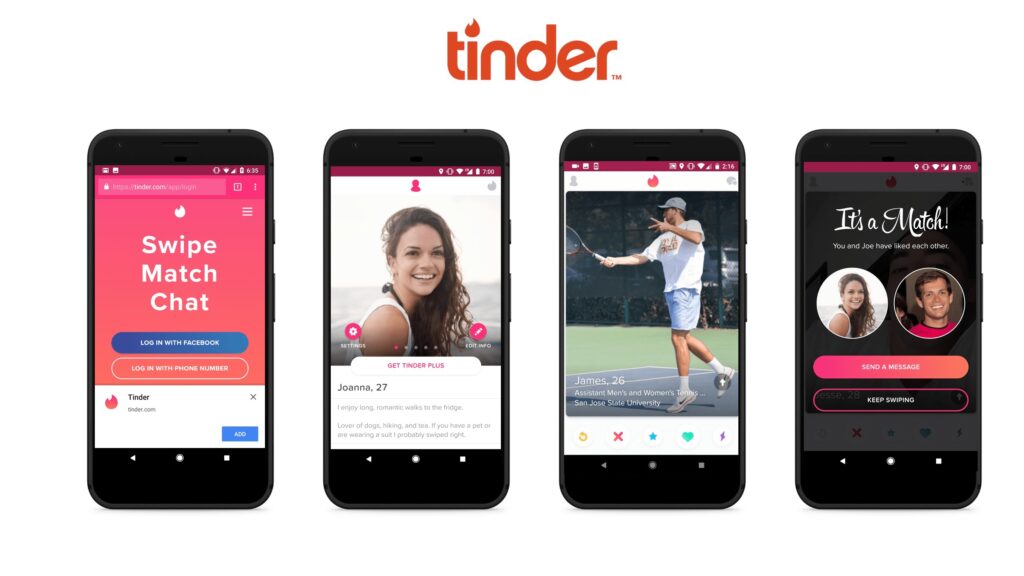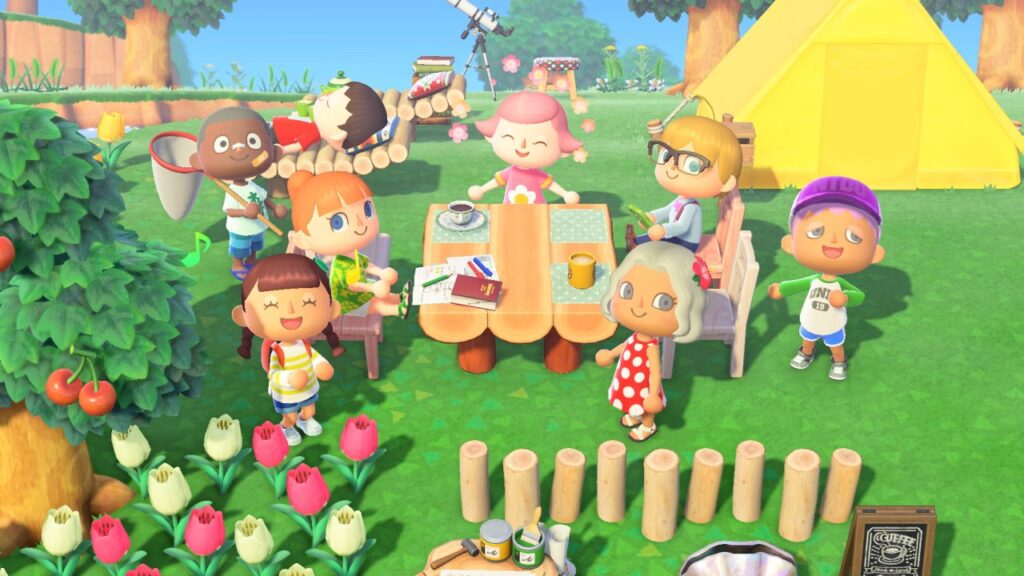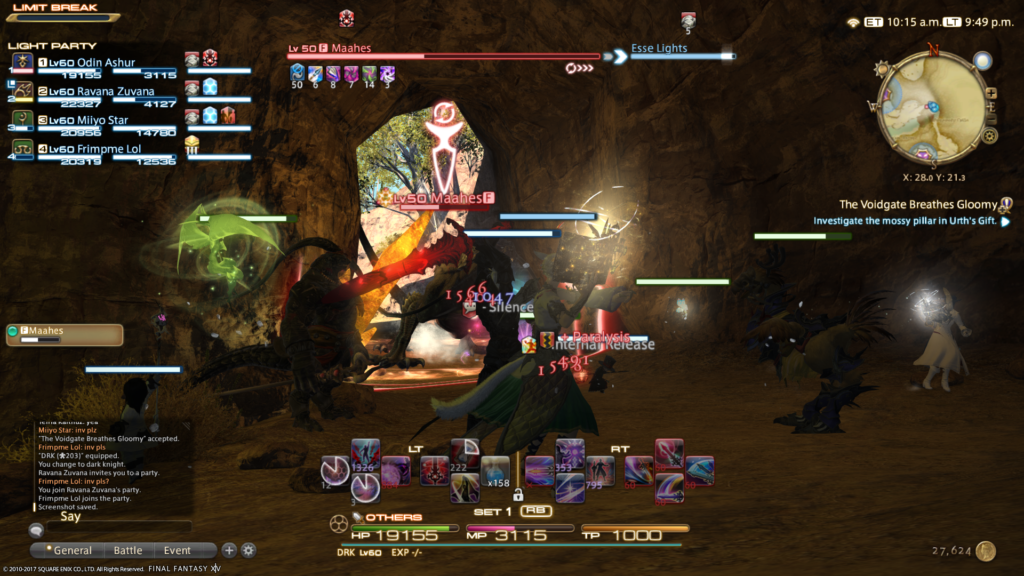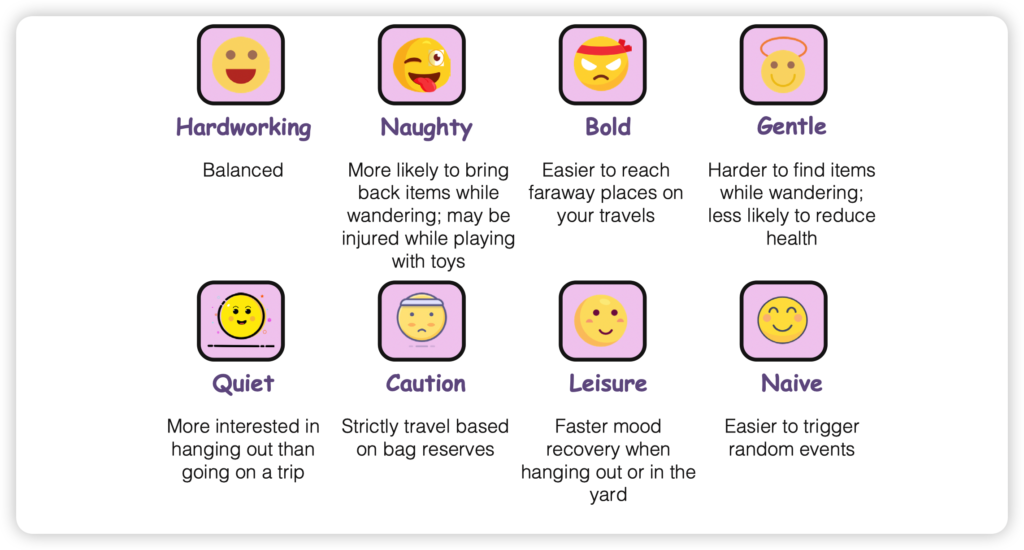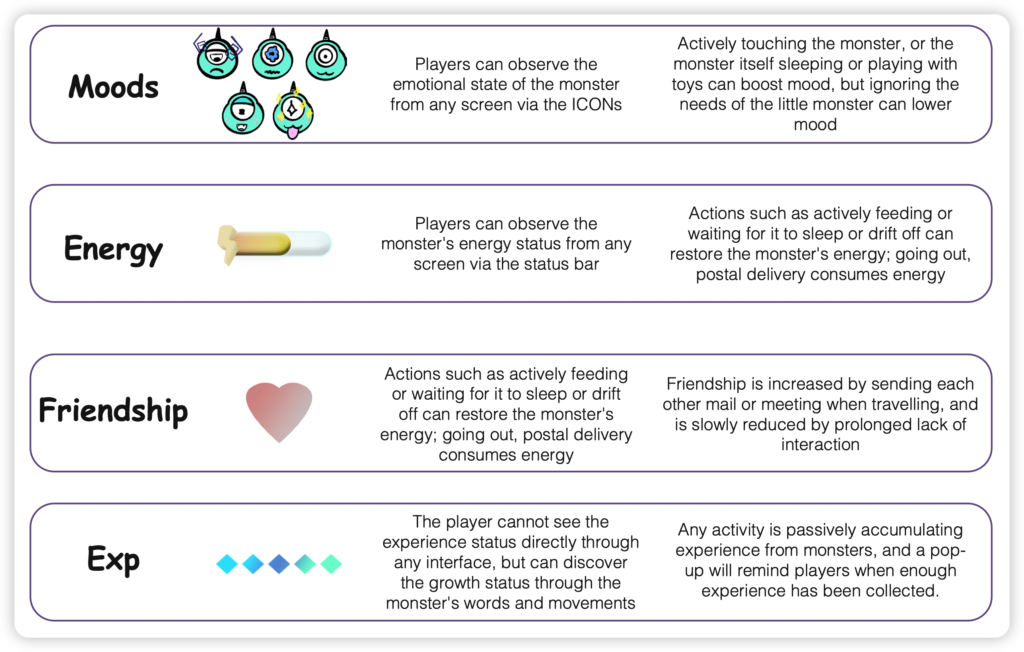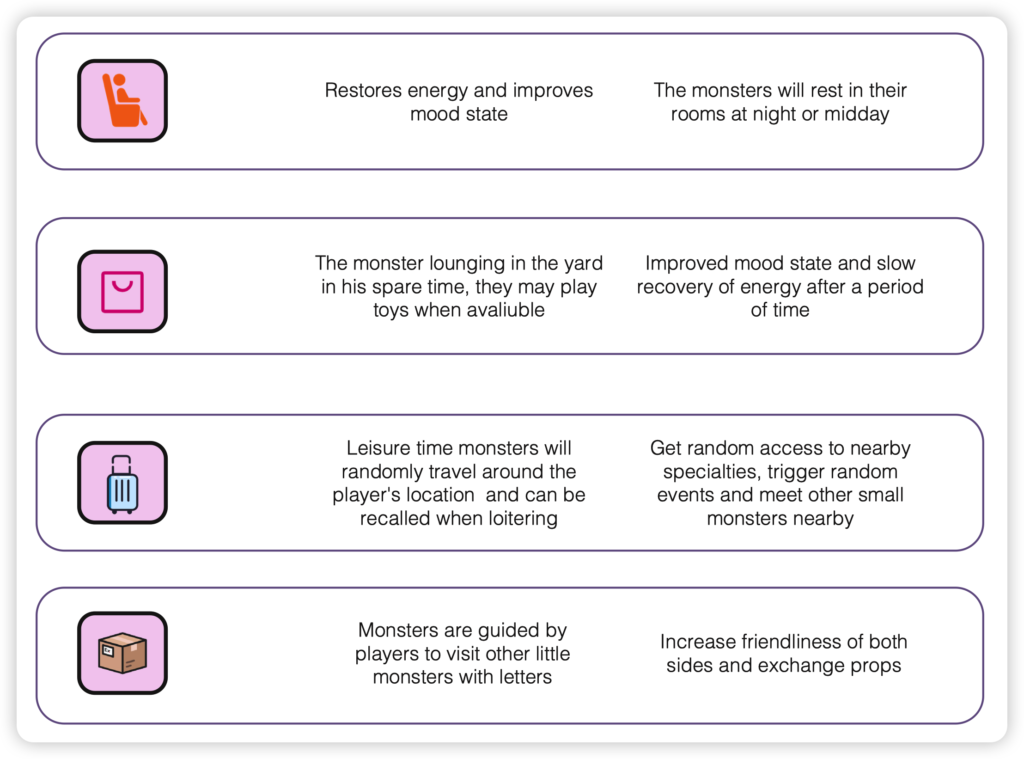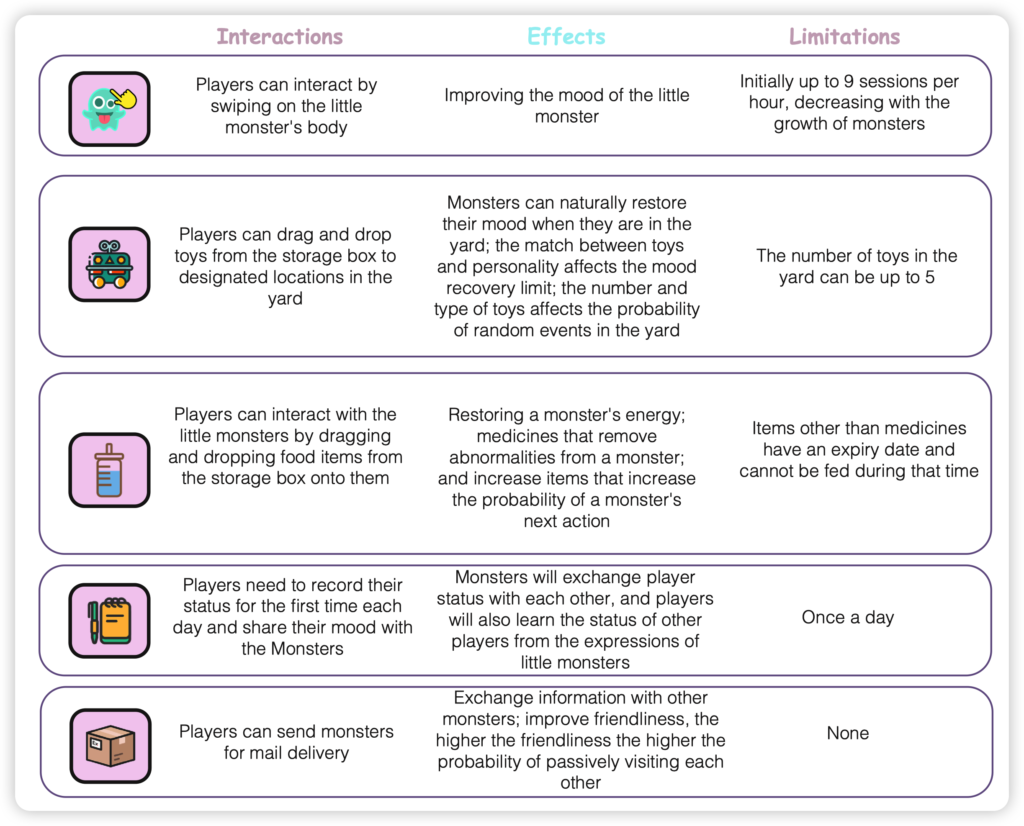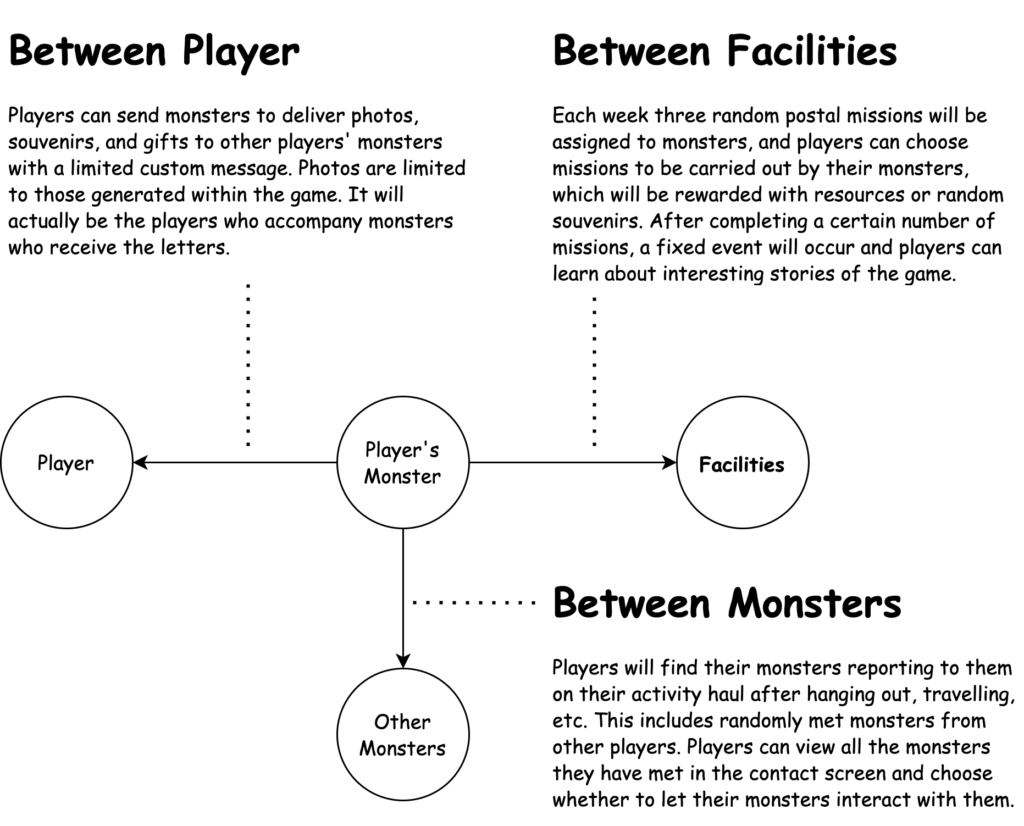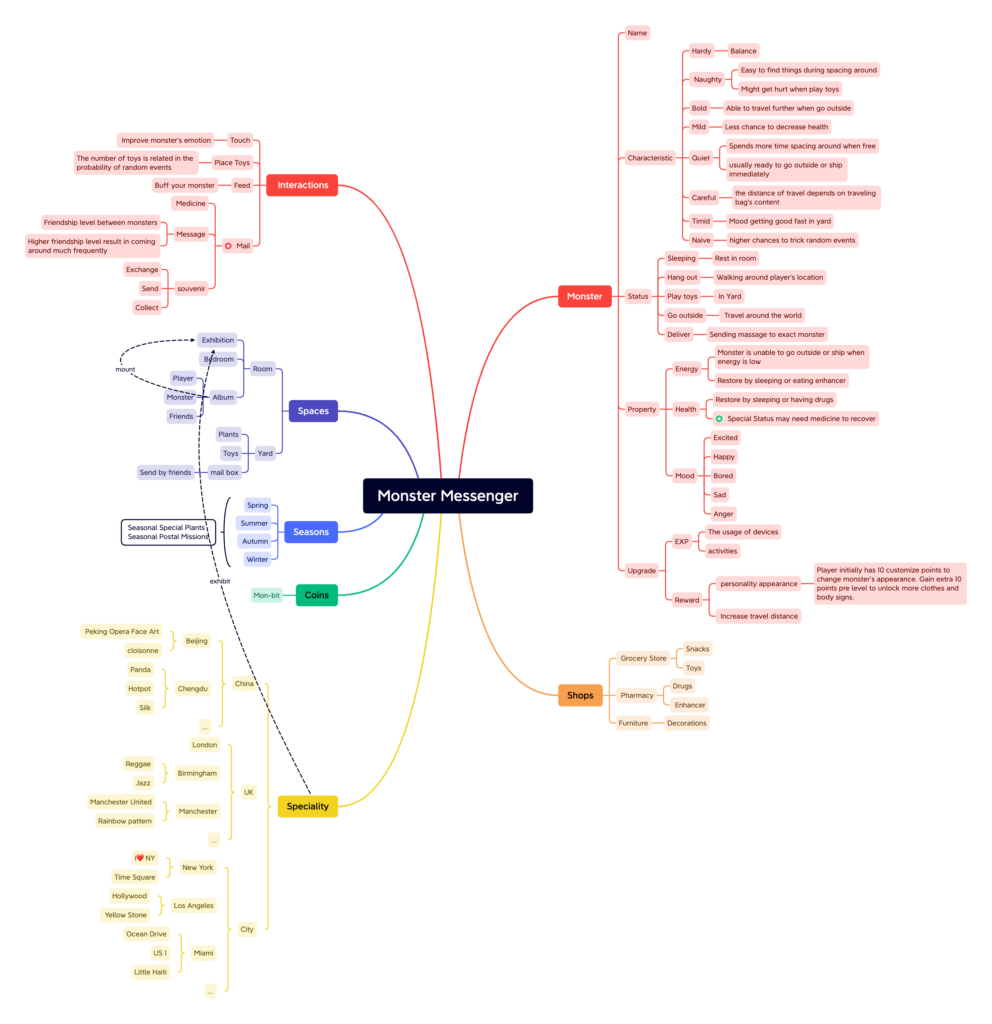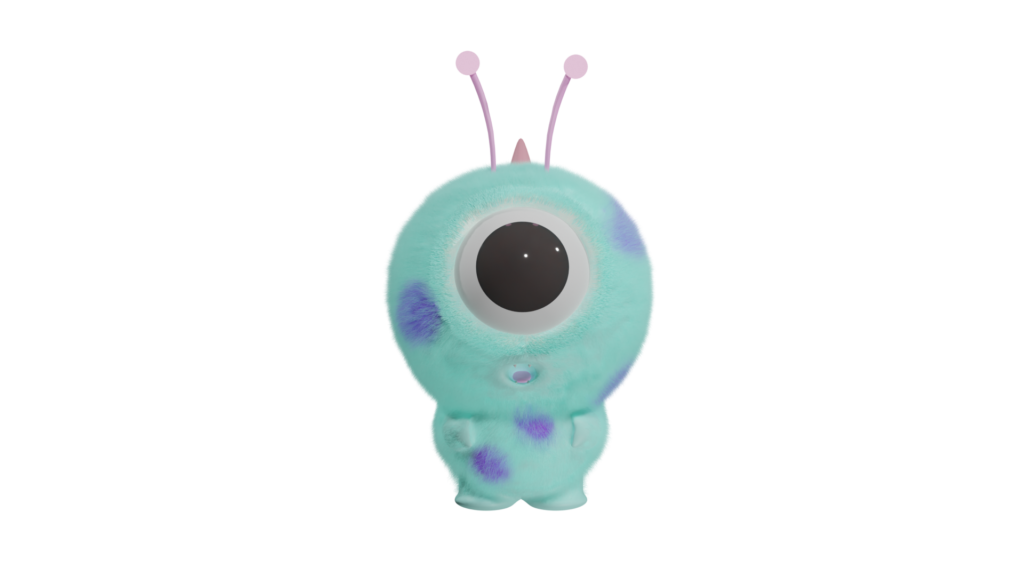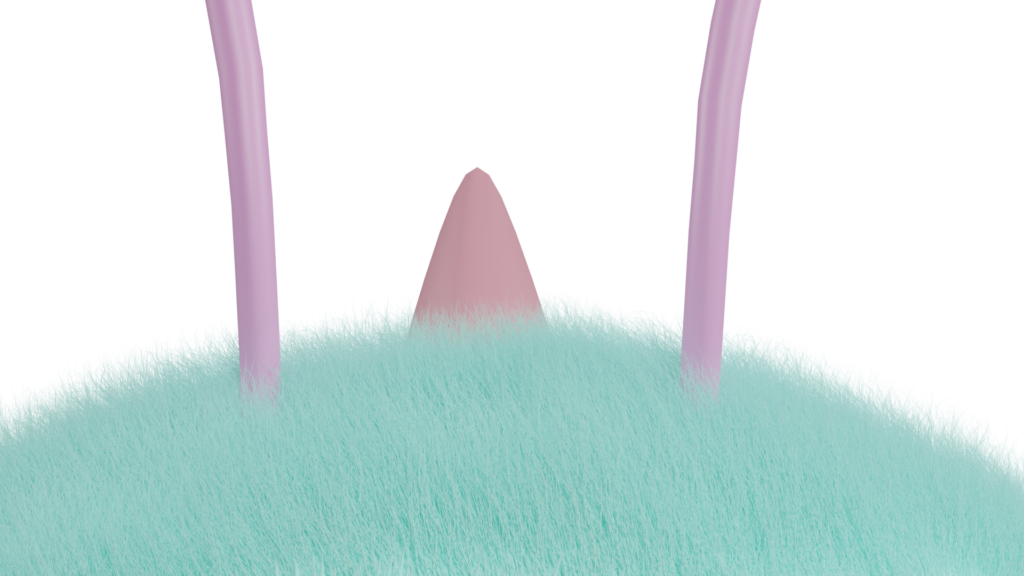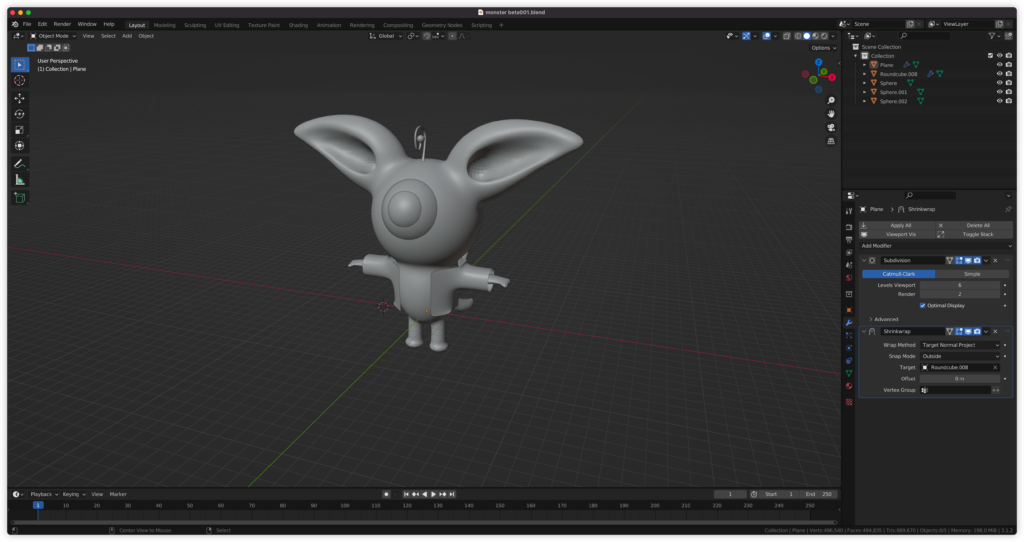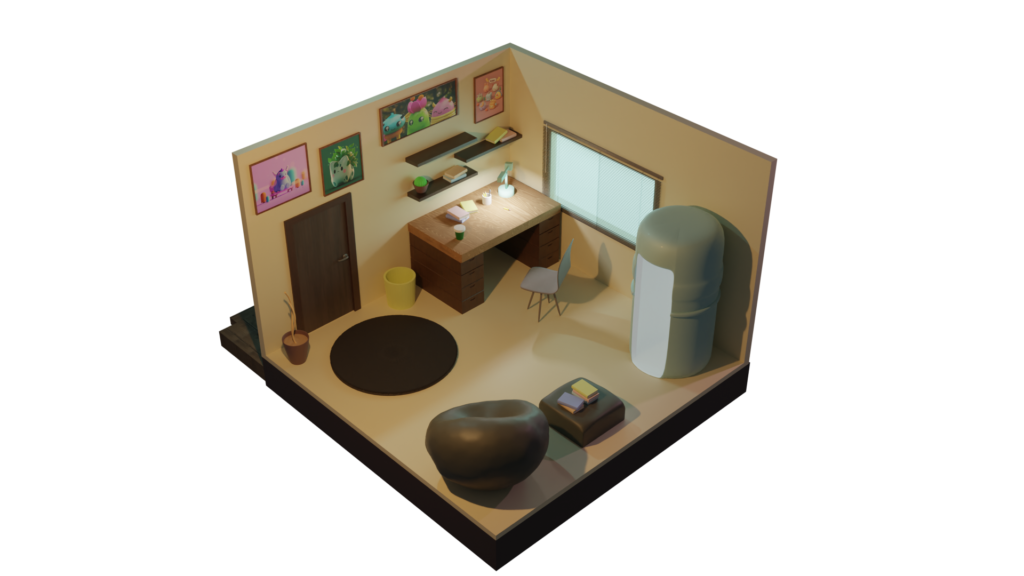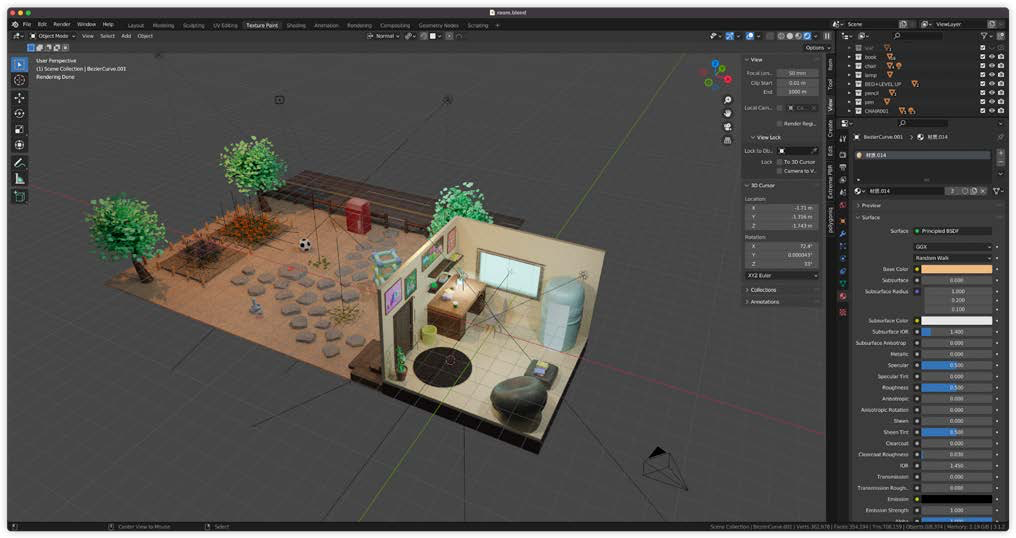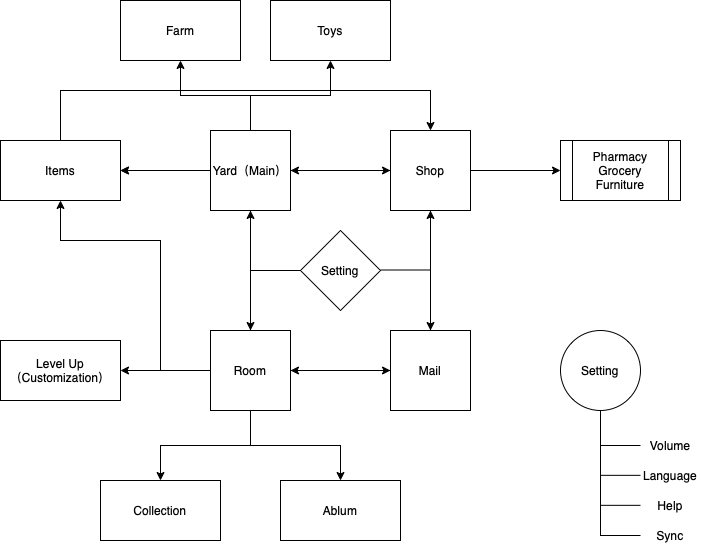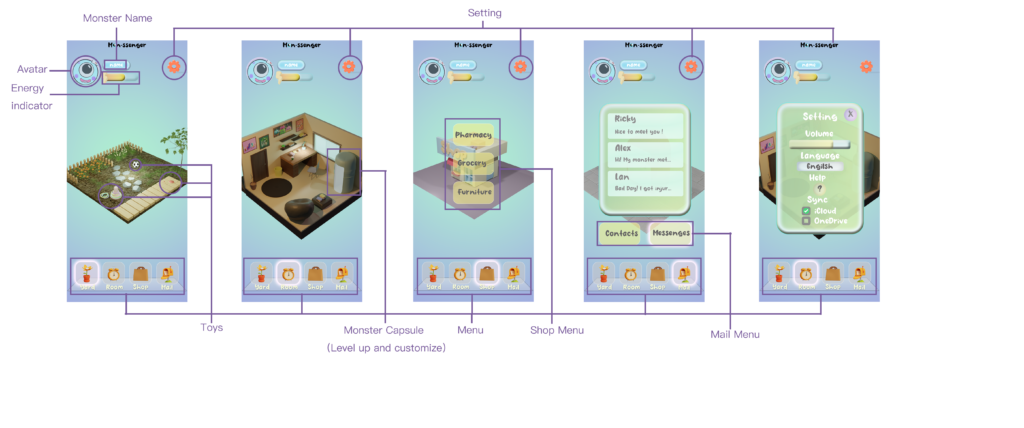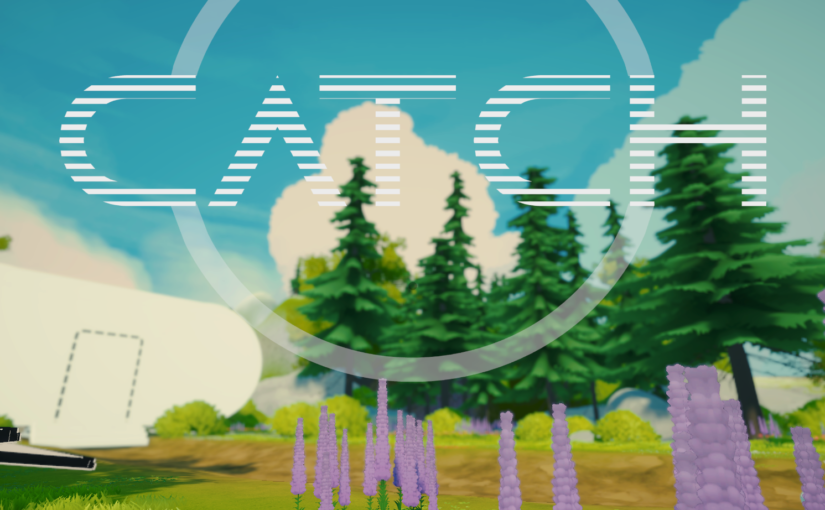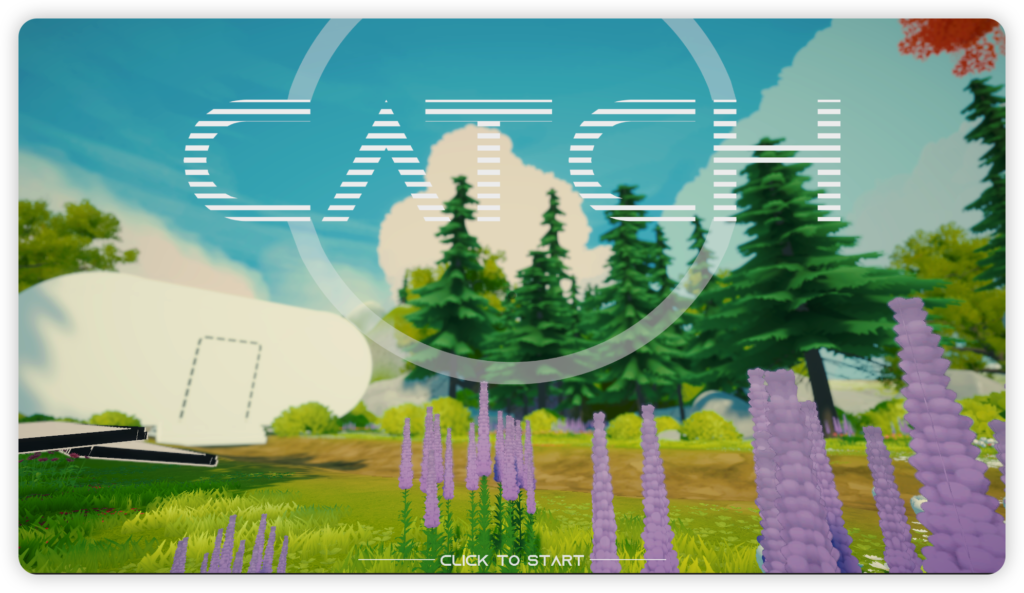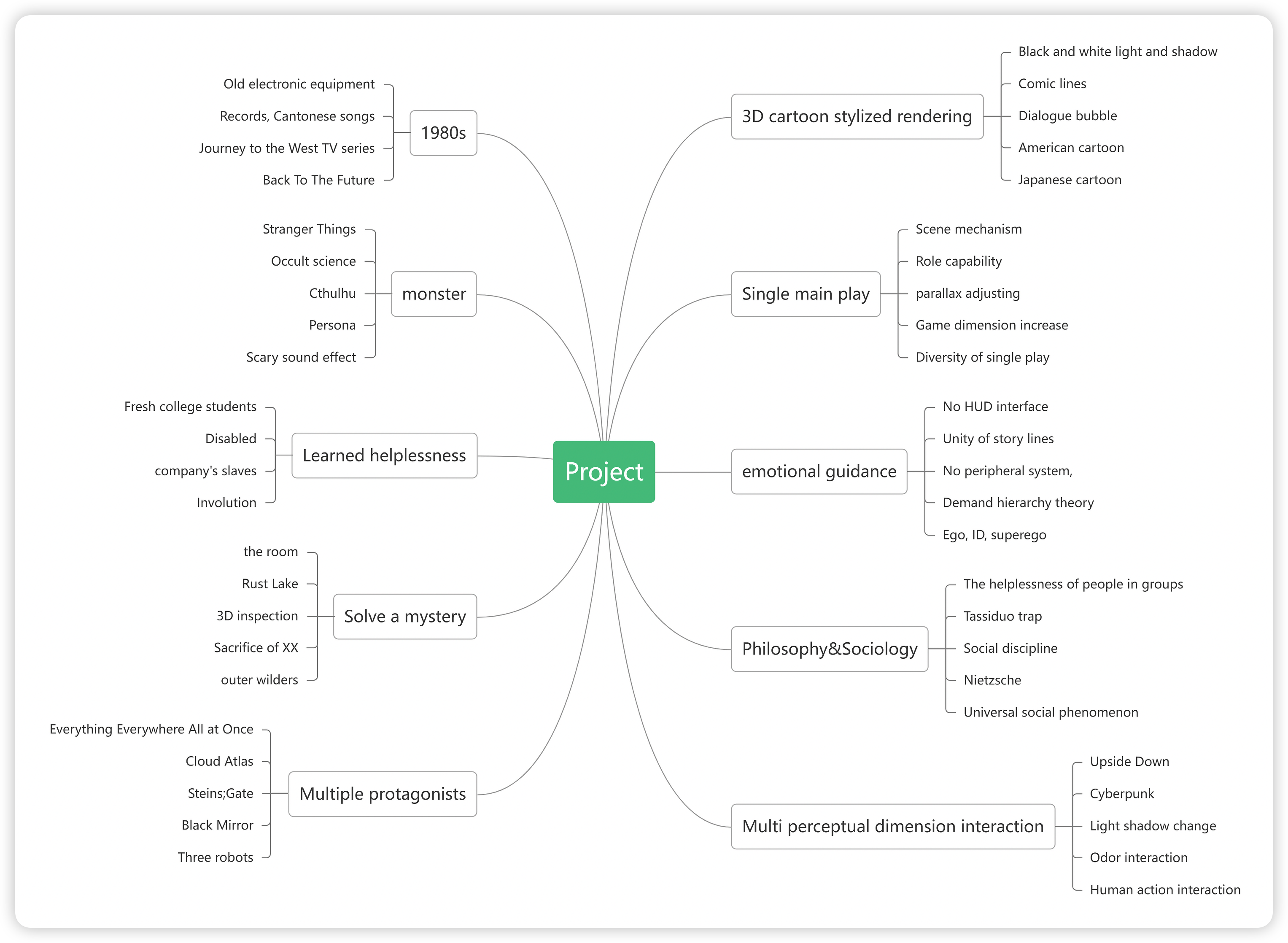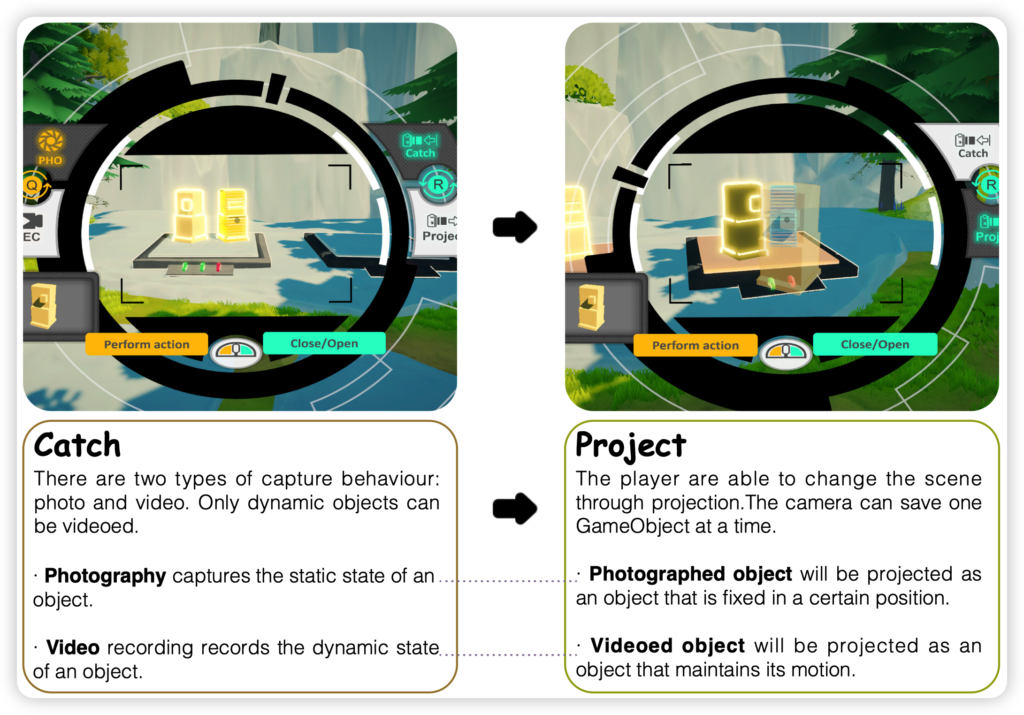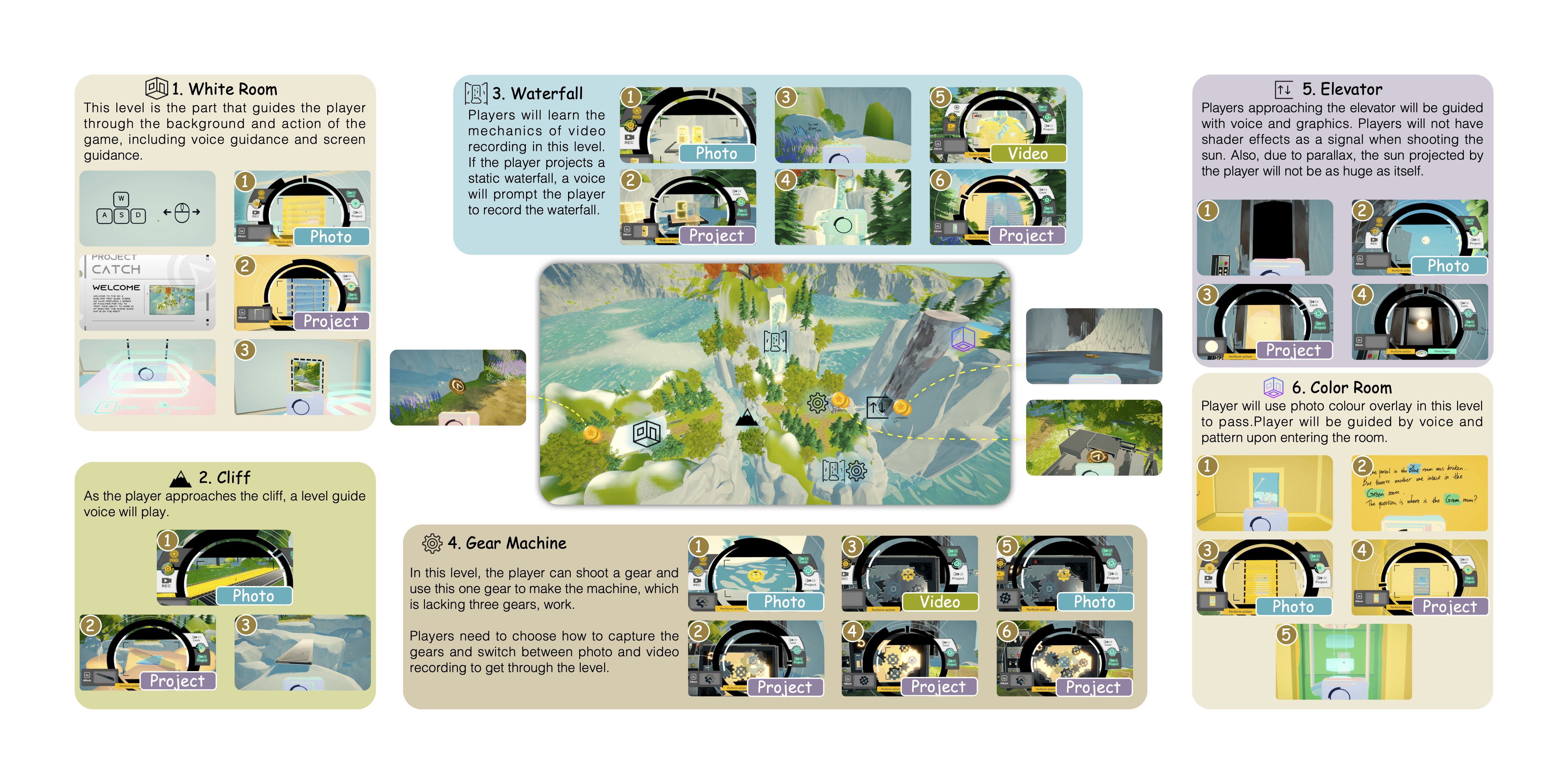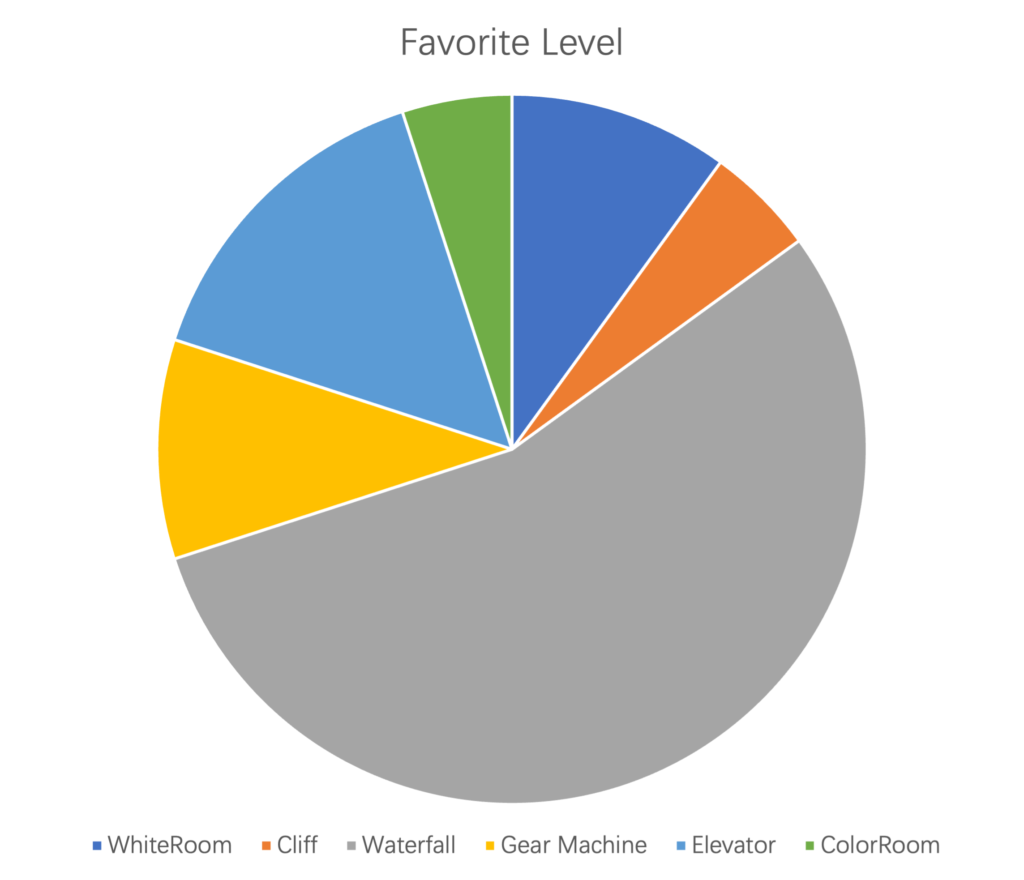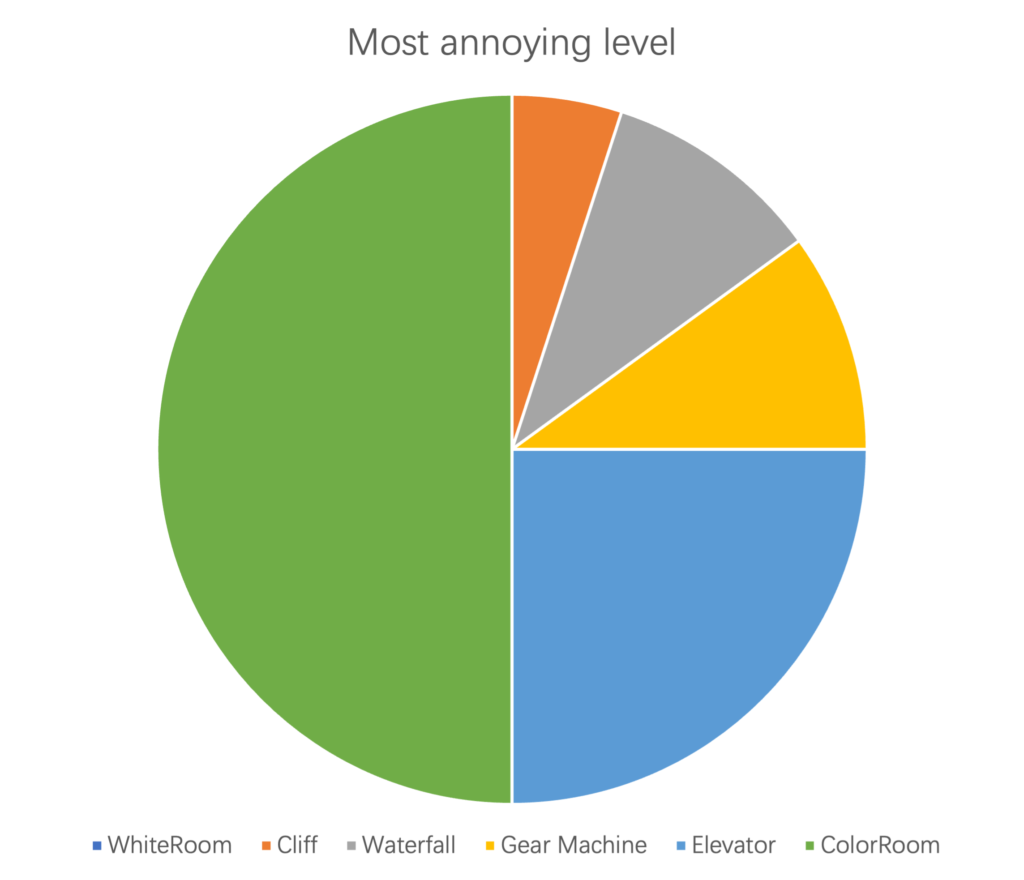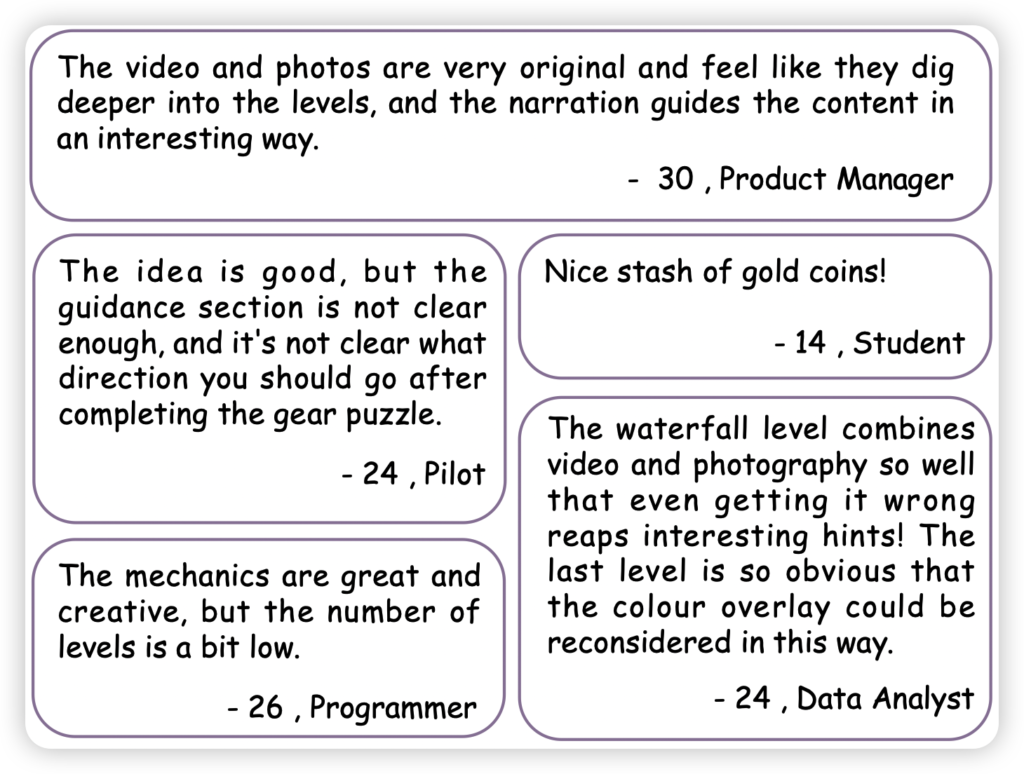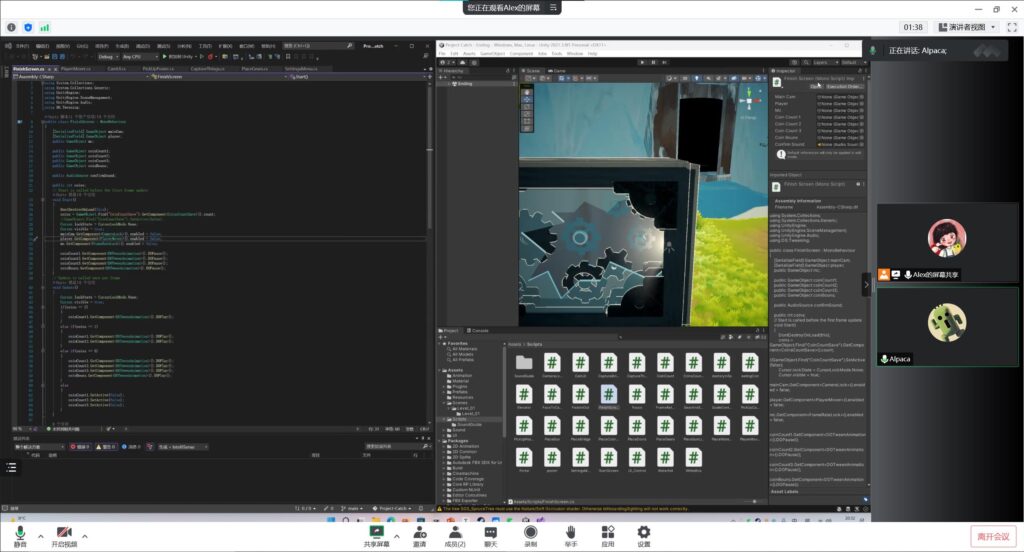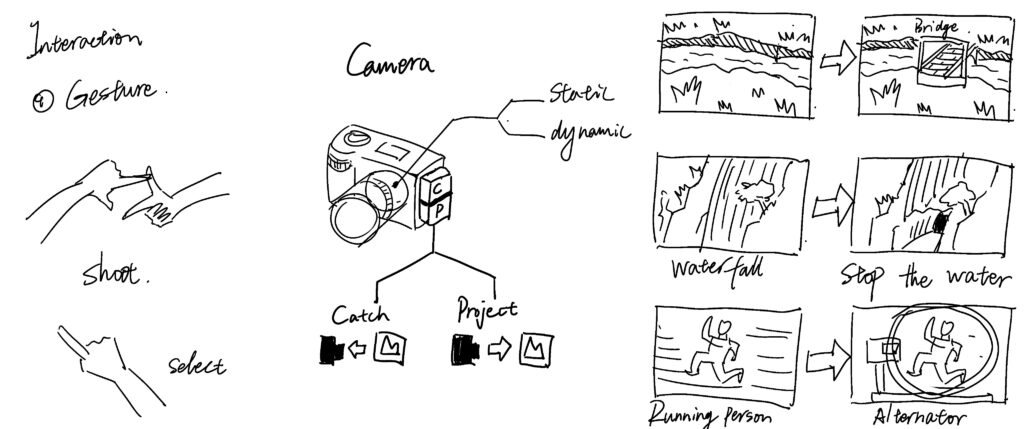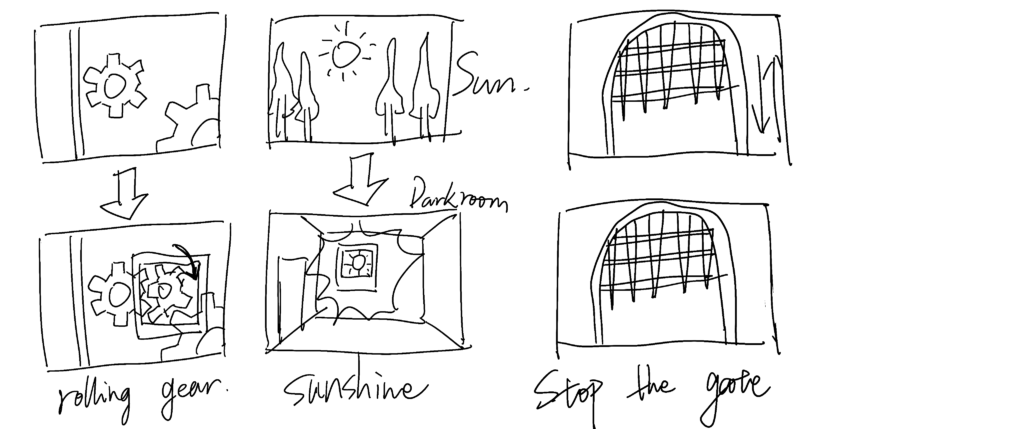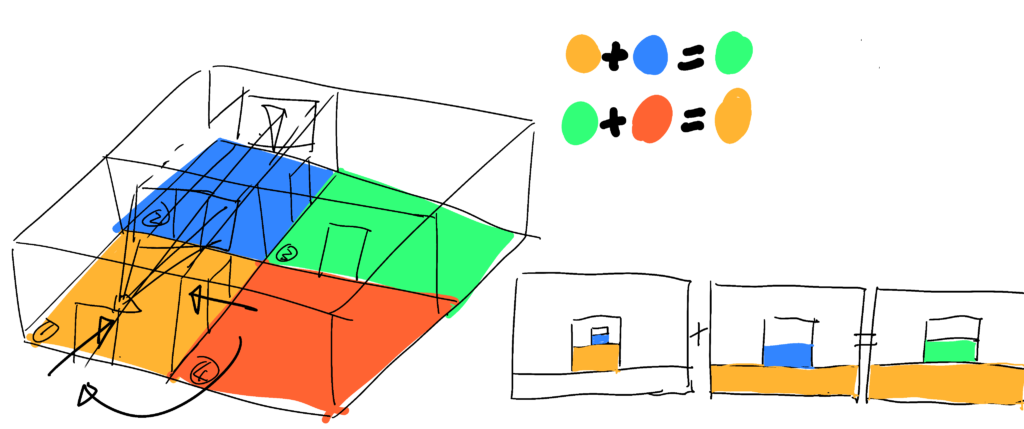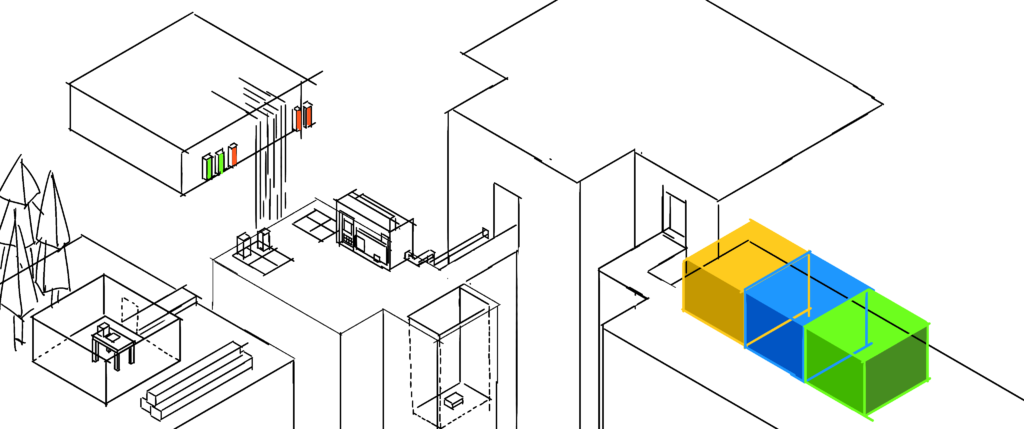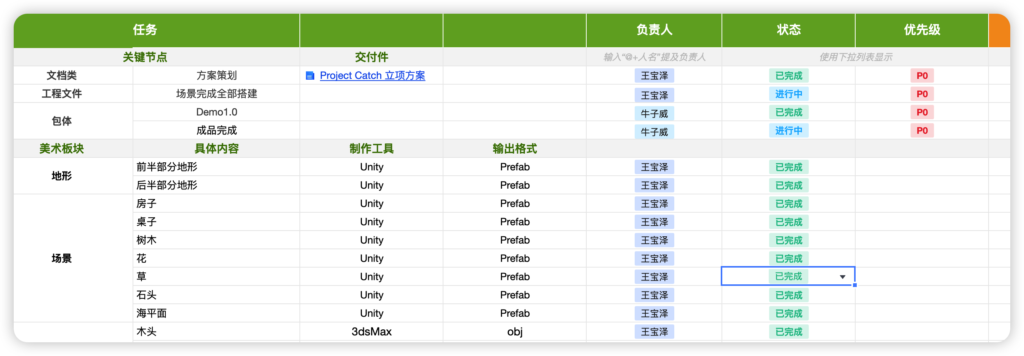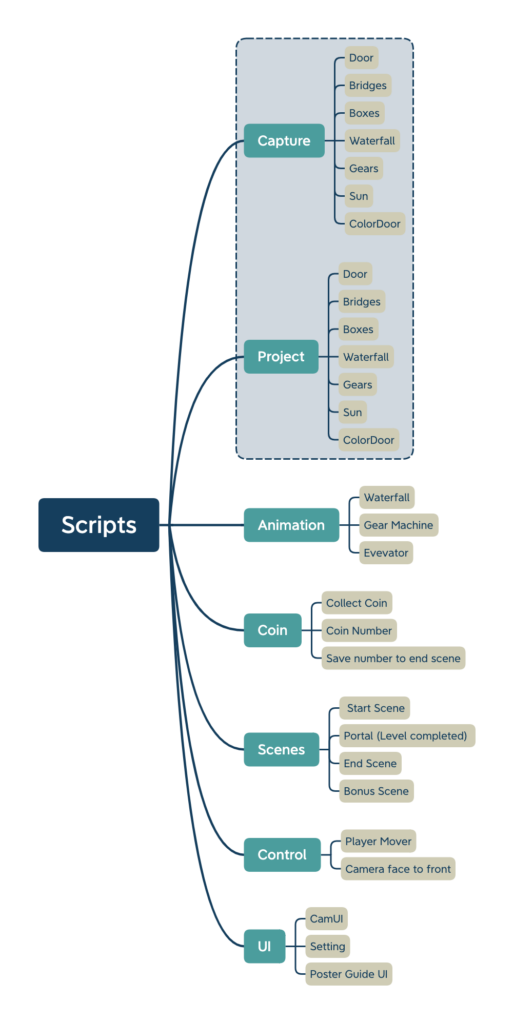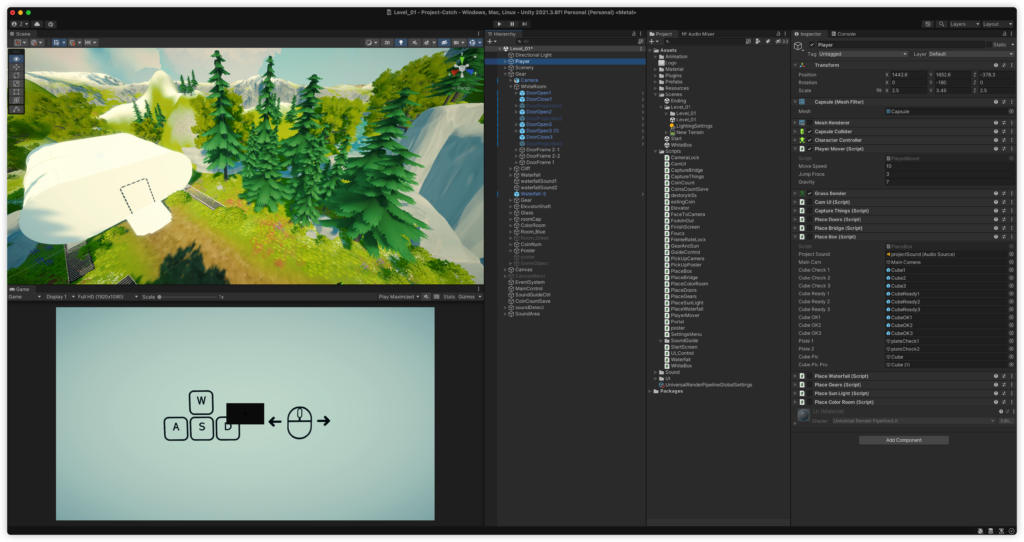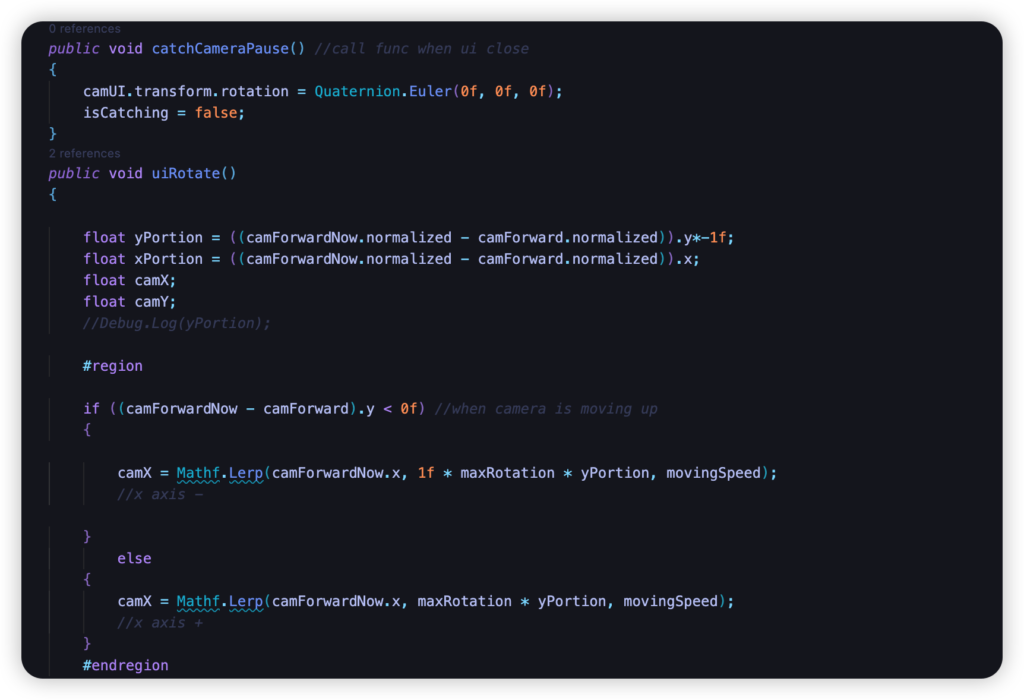Genre:
Adventure with Rouge element
Tools:
Photoshop & Draw.io
Platform:
Board Game
Team:
Ziwei Niu – Independent
Overview
Dice Adventure is a tabletop game with Rouge elements that can be played by 1-2 players.
The game can be played with just paper and dice. Players use random numbers from dice rolls to set up scenarios on a 13*13 map, defeating monsters to strengthen their character’s abilities and then using those abilities to escape from randomly generated battlefield situations.
The game currently features 3 characters, 2 sets of monster combinations and 6 random events.
Why I Made This Game
I have hosted many board game parties among my classmates and experienced many PVE-based board games such as Cthulhu: Death May Die and One Deck Dungeon.
They are fun, but still have these problems.
1. the need for multiple participants, but the difficulty of rejoining the game after one party has failed to play
2. the game sets are overloaded with grooming content and are not easily portable
3. the rules are too complex and can easily detract from the atmosphere if some time is spent explaining the rules before playing
4. the scripts are fixed and have little replay value and the flow is too similar each time
5. random events are poorly anticipated and appear after the player’s actions, making it too frustrating when the player is going through a normal turn only to have the game end abruptly due to a random event.
To this effect, I have analysed and studied two excellent strategy games with Rouge elements, Into the Breach and Slay the Spire, and absorbed the best parts of them to combine with tabletop games.
1. Simplifying the calculations in the rules so that players can get started quickly and with relatively lenient number requirements.
2. The ability to play with the most basic props, making it easy to have a round anytime, anywhere.
3. The use of dice to incorporate a random element that makes the experience different each time the game is played.
4. The random events are judged before the player’s actions, and the random events are specific to the scenario and the situation and do not directly affect the player’s character.
Gameplay
Dice Adventure can be played with just a sheet of paper and two dice, and players will keep breaking through a 13*13 Grid map.
The game flow is shown in the diagram:

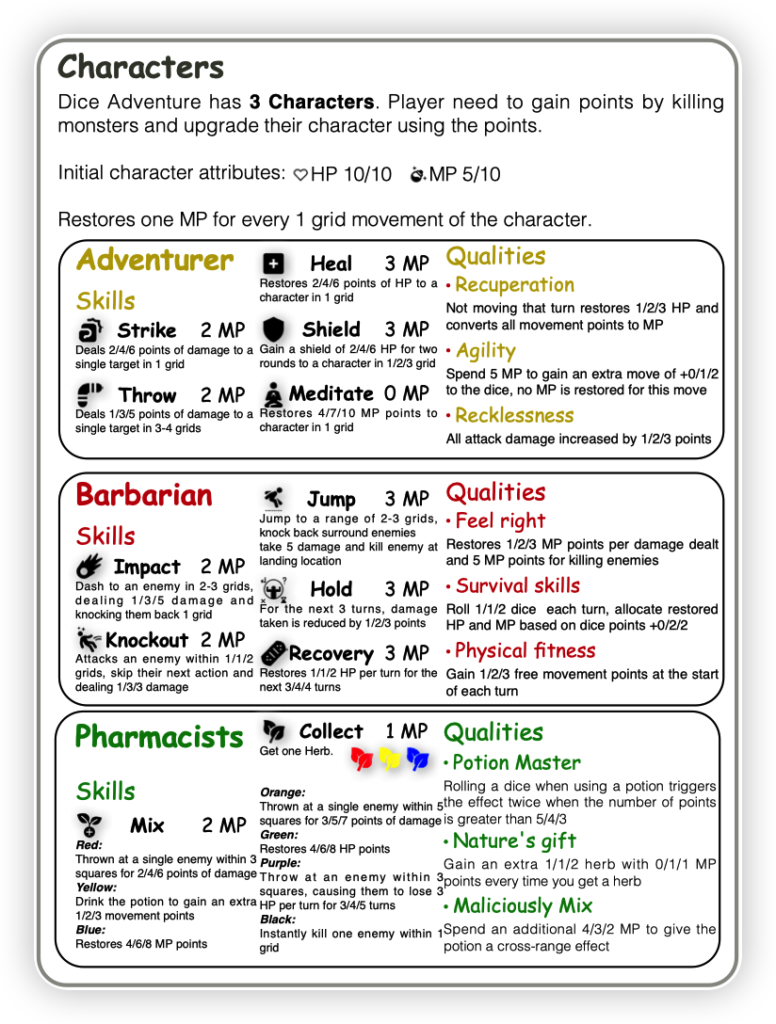
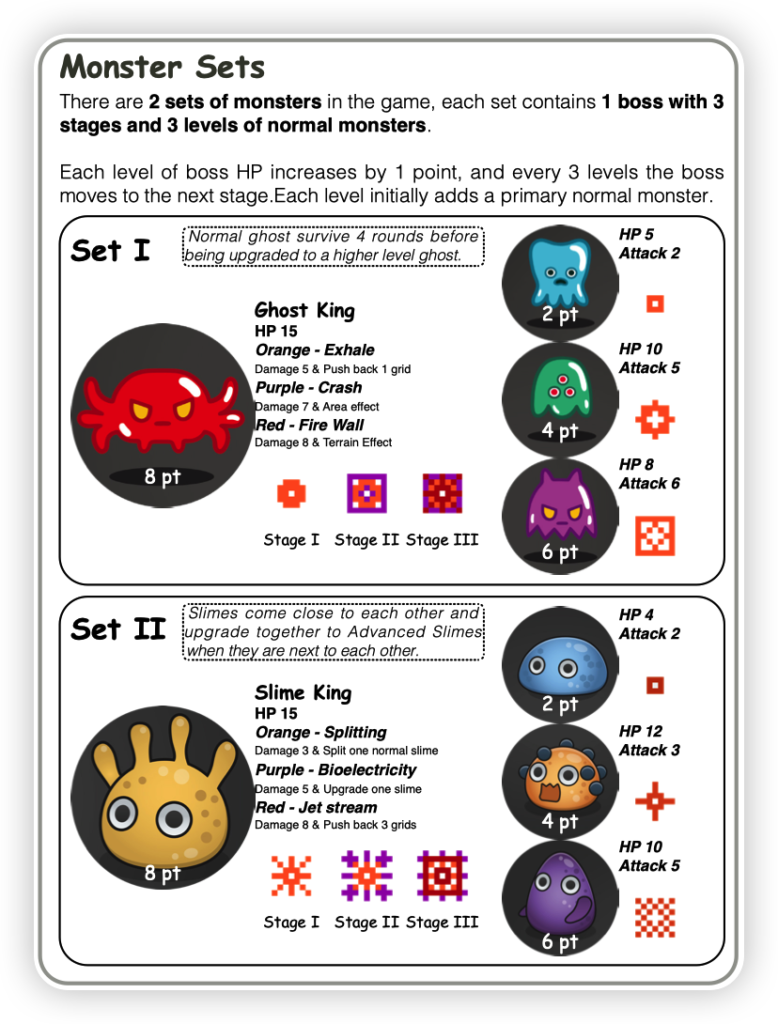
Test and Iteration
Step 1 Prototype
The idea originally came from CALART’s Coursea online course, where one of the assignments was to design a game using a piece of paper and two dice.
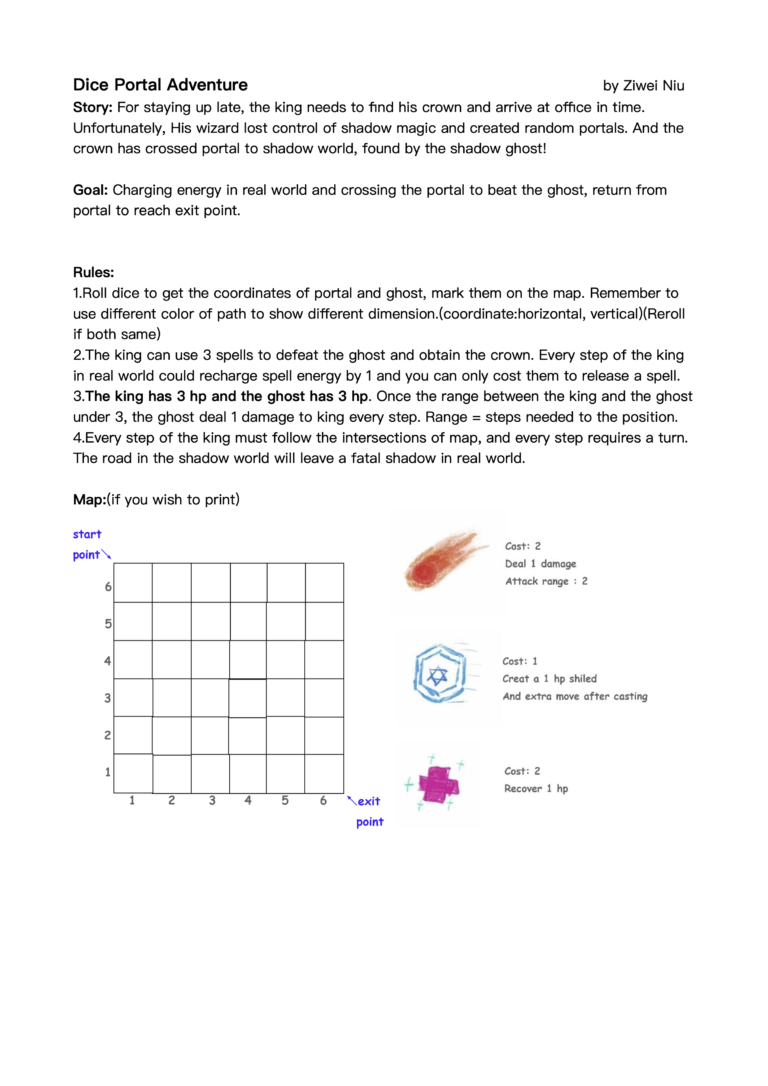
Step 2 Feedback
After submitting this assignment, I received feedback from others who liked the idea of laying out the game scenes through dice, so I started to revise and test this section.
Step 3 Expedition
After expanding the map from 6*6 to 13*13, the original story background and character assignments made the whole scene seem empty, so I started trying to add more monsters and characters to try to play with two people.
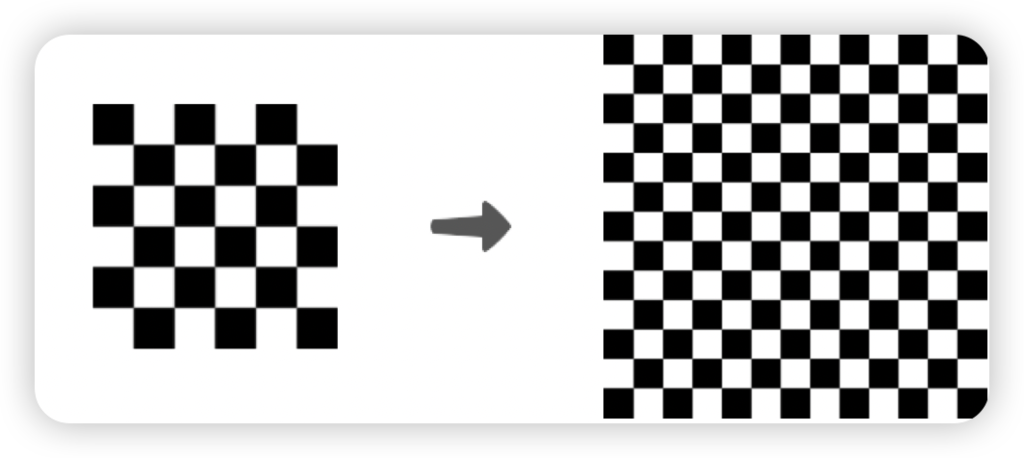
Step 4 Optimisation
Optimized the numerical planning of the entire game, conceived several options for the numerical growth of players and monsters, and finally chose a point scheme that allows players to choose the timing of their upgrades.
Step 5 Game Manual
Adding art resources to make the whole game look more accessible and optimising the presentation of the rules to bring together all the parts the player has to know on a single sheet of paper .
Future Plan
The game is now fully playable and the feedback is fair, but this is still far from what I was aiming for. Therefore, I will continue to optimize Dice Adventure in the future.
I think there are still significant problems with the game in the following areas.
1. Lack of compelling backstory and visual performance:
The parts of the game that are currently undergoing a lot of iterative updates are the aspects of the map, mechanics, numerical values, etc. that are closely related to gameplay, and the game is very weak on storyline. As a result, the monster modules and player characters are somewhat oddly matched and do not provide the best immersive experience.
In the future I will be redesigning the game’s worldview, writing the backstory and setting more attractive goals for the player, as well as unifying the characters, monsters and scenery to create a more immersive world. Perhaps there will also be props and equipment added, depending on whether I can find a randomised mode more suited to board games in the future.
2. The rules are still not simplified enough:
While Dice Adventure’s rules are already of the accessible variety compared to traditional PVE board games, the arrangement of characters and monsters still requires a lot of memorisation, which obviously runs counter to the extremely simple requirements for props.
I’m still conceptualising ways to continue to simplify the flow of the game, and I think the most complicated section at the moment lies in the part where random elements are generated using dice, which could be solved by trying to use the DND dice or playing poker cards, or possibly by re-planning the map to reduce the number of dice thrown in the layout session.
3. The number of monster modules is still limited:
Dice allow for random location generation of monsters, but not random monster types, which results in repeat playability remaining limited. The way to increase the variety of monsters in the current format is to keep expanding the number of modules, however this is not a sustainable solution.
I think that eventually the monster sets will be consolidated into a monster catalogue, or just provide standard values with other trait alienation calculations, which can be customized by the player, and presented to the player with a more inclusive worldview background .
